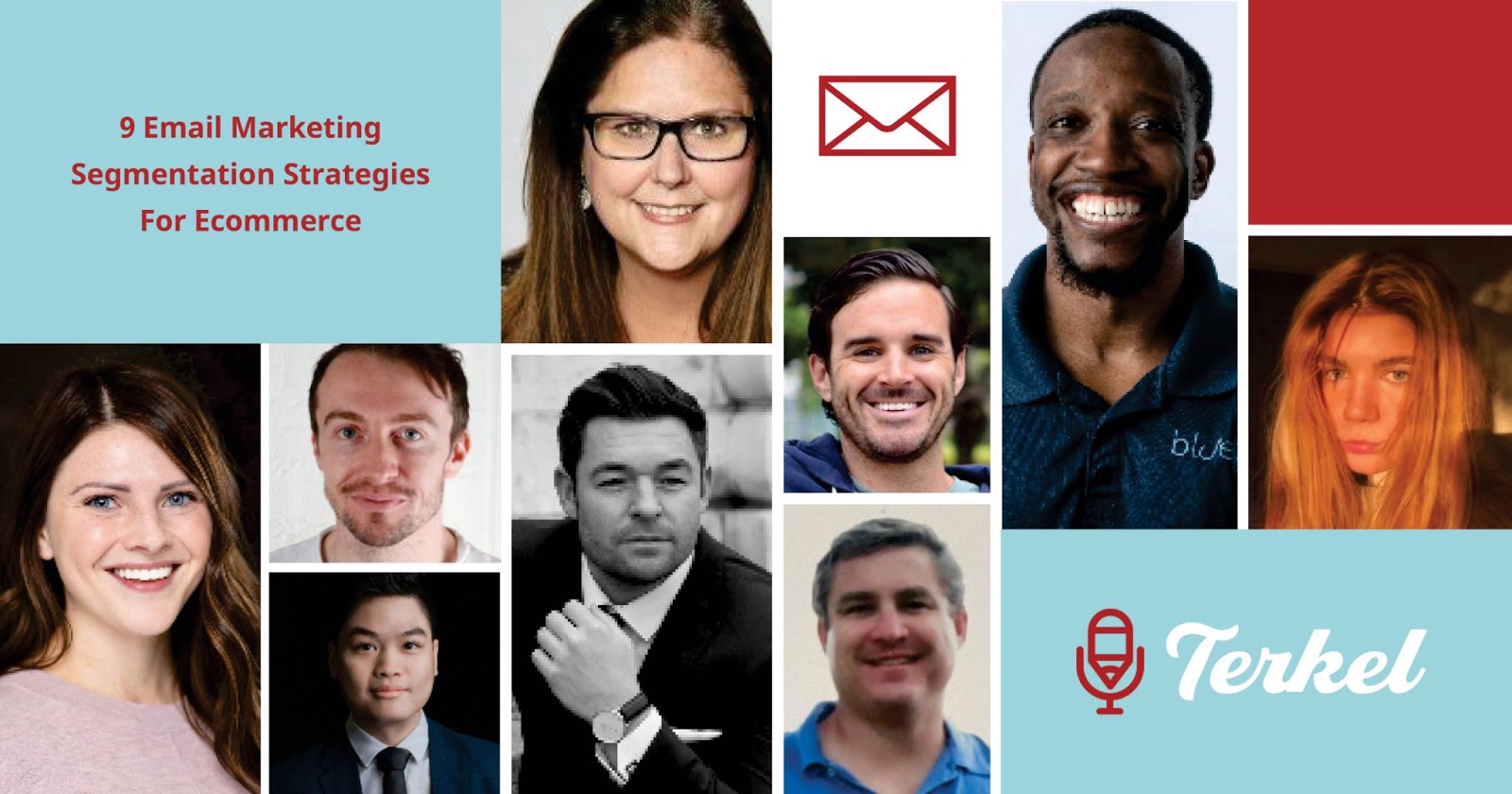
What is one way e-commerce companies should segment their customer list for email marketing?
To help your company segment their customer lists for email marketing, we asked marketing experts and business leaders this question for their best advice. From reaching out to customers with abandoned carts to analyzing customer spending patterns, there are several pieces of advice that may help you with your email marketing.
Here are nine ways e-commerce companies should segment their customer list for email marketing:
- Track Your Promoters
- Complement Their Past Purchases
- Reach Out With Their Abandoned Carts
- Target Your Engaged Audience
- Analyze Customer Spending Patterns
- Segment By Platform
- Organize By Location
- Target Last Website Visit
- Streamline Follow-Up Campaigns
Track Your Promoters
Promoters. Some customers are so happy with their purchase that they will promote your brand through beneficial actions like leaving a review on an e-commerce site or sharing their purchase on a social media profile. Tracking which customers are your “promoters” can be a beneficial way to segment and reward customers on an email list.
Daniel Richmond, Tic Watches
Complement Their Past Purchases
The best way to segment an email marketing campaign for an e-commerce company is by looking at the buyer’s past purchases. The easiest way to do this is to start sending out email recommendations for similar items that you sell that would go well with the buyer’s previous purchases. This will ensure that you are capturing the right target market!
Kayla Centeno, Markitors
Reach Out With Their Abandoned Carts
We have a shopping section on our website for the products we sell. There are many ways to segment customer lists from e-commerce for email marketing. For instance, creating lists of those who abandoned carts can be useful to eventually follow up with those customers. They were obviously interested in our products in the first place, so there is still a chance to gain their interest and eventually gain more conversions.
Matt Seaburn, Rent A Wheel
Target Your Engaged Audience
It’s important to segment engaged versus unengaged audiences. Many e-commerce brands send out their email campaigns to their whole newsletter list. We recommend sending out all campaigns to just your engaged list—this helps with spam, open rates, etc. It’s also important to have a strategy to warm up unengaged users or remove them after a win-back series!
Hannah Byrd, Absolute Web
Analyze Customer Spending Patterns
As with all things in marketing, there is no right or wrong way to segment your customer list for email marketing as every business is different. The one thing that holds true across all businesses, however, is the need to thoroughly understand your customers and their spending patterns, i.e., how often they shop at your store, what their average basket ring is, what products are commonly purchased together, etc. With a solid understanding of these metrics, you can create powerful segments that target your best customers, repeat buyers, and even the ones that don’t convert with highly targeted promotions. My one rule of thumb is that the customer metrics being used to develop these segments must come from first-party sales data, as no one knows your customers better than you!
Amy Zwagerman, The Launch Box
Segment By Platform
One quick and easy way that e-commerce companies can segment their lists is by how they arrived at your website. So if it’s through social media, drill down more and find out which platform, like Instagram, Pinterest, or Facebook. Analyzing the different platforms and other ways customers found you, such as organic search or ads, will help you create a more customized customer journey for the people coming to your website.
Gresham Harkless Jr., Blue 16 Media
Organize By Location
Location is an important way that ecommerce businesses should segment their customer lists. Segmenting by location has been shown to increase open and click-through rates. This is because location-specific targeting creates value for the customer. You are sending them something that is of interest to them and is relevant to where they are.
Joe Flanagan, VelvetJobs
Target Last Website Visit
Segmenting by “last website visit” is big for us. We know that if a user has visited our site within 30 days, they are likely to be more receptive to marketing emails, and we can send them more. Conversely, if a user bought something last year and we never saw them again, we don’t want to be emailing them weekly until they show back up on our site. In short, we let them determine how close they are to buying again and, therefore, how many emails they should be getting.
Quincy Smith, TEFL Hero
Streamline Follow-Up Campaigns
People dislike getting spammed with similar emails. If you plan to send a follow-up to a marketing email, most email marketing tools offer the option to segment and target users who did not open the first email. Doing so helps create values for users who inadvertently missed the first message while avoiding sending the same email to users who already opened and engaged with the first email. Failing to omit engaged users can lead to poor user frustration and a high unsubscribe rate.
Hung Nguyen, Smallpdf
Terkel creates community-driven content featuring expert insights. Sign up at terkel.io to answer questions and get published.

